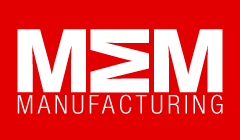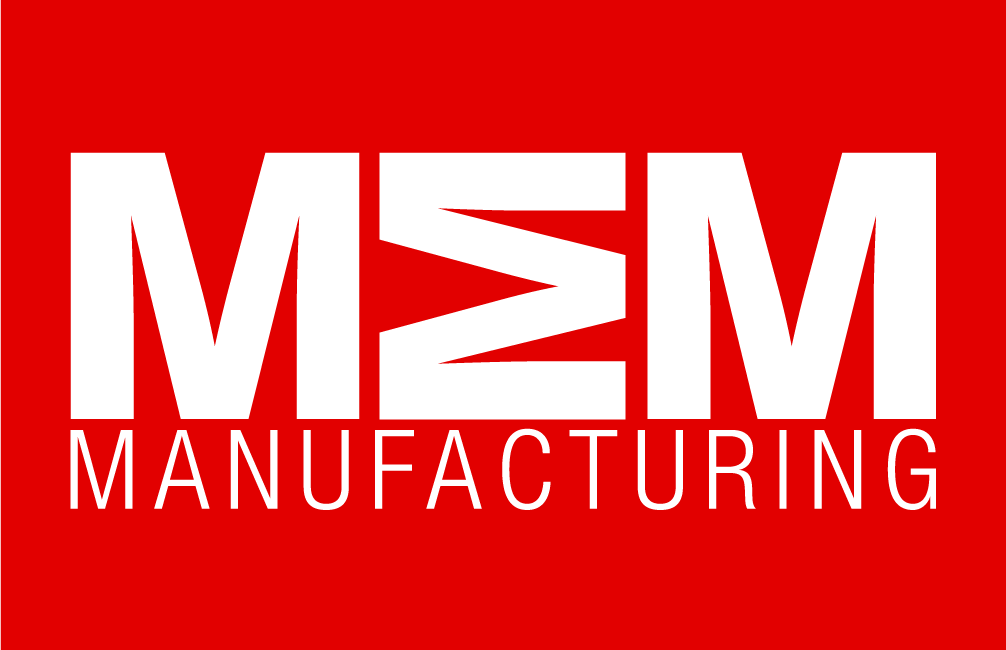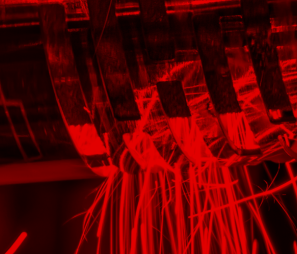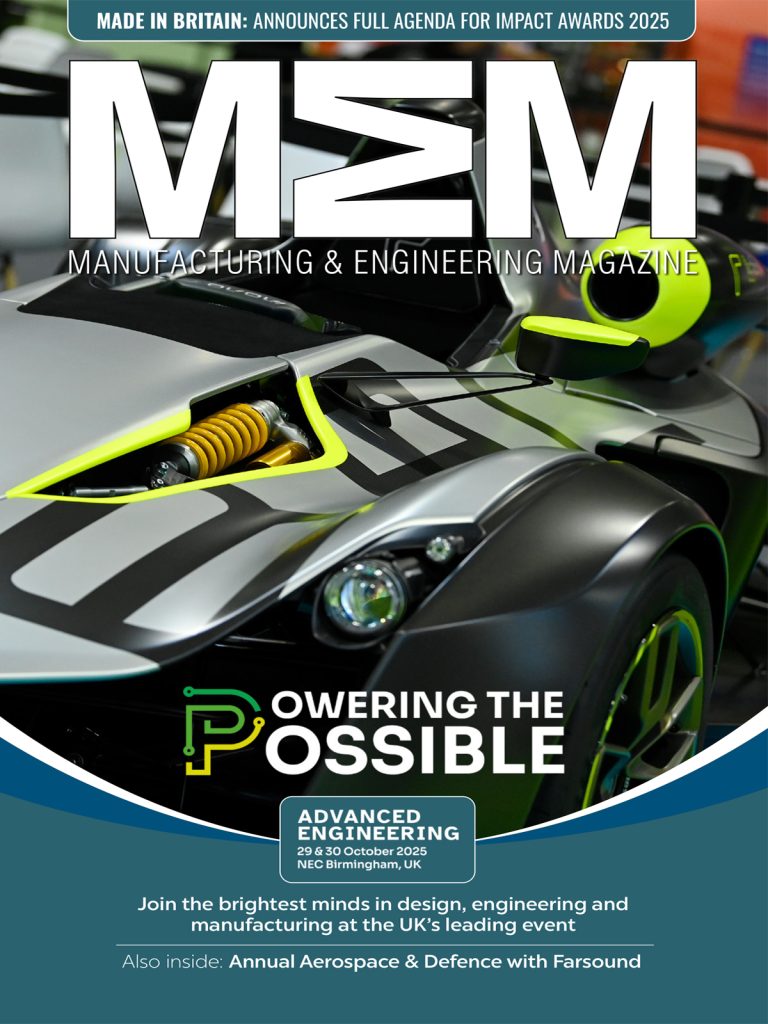The University of Nottingham is the base for a team of researchers that have managed to demonstrate a method for the efficient 3D printing of a fully functioning circuit with the use of a number of different materials. Being able to print electronic components could lead to the significant increase in rapid manufacture of flexible and low-cost devices. These printed devices are normally created through the use of one material, and because of this can only perform a limited range of functions. Therefore, it is great news that a team of researchers have completed this process with a number of materials.
The use of Multifunctional additive manufacturing is the use of multiple materials being printed from a 3D printer at the same time in order to create more complicated components that can offer a wider range of functions. Being able to print electronic devices which contain different material such as metallic inks that can be used to form conductors and polymeric inks that can create insulators needs the use of a range of heat sources such as ovens or plates that then solidifies each material. The requirement of heat means that this process is highly inefficient, especially when hundreds of layers are required to create a component.
The main limitation to this advanced manufacturing process at the moment is the way that the conductive ink is converted from a liquid to a solid. The researchers at the University of Nottingham have been looking into the entire of this complex printing process and it is thought that they have managed to develop a new approach to printing multifunctional circuits which includes the combination of a standard 2D printed electronics and 3D printing that allows for multifunctional components to be created. In order to heat and solidify the ink, the researchers have found that silver nanoparticles in the conductive inks can efficiently absorb UV light, which heats the ink and causing the solvents in the ink to evaporate and the nanoparticles to fuse. Given time and development this finding could be a leap forward for 3D printing and the manufacturing industry.















